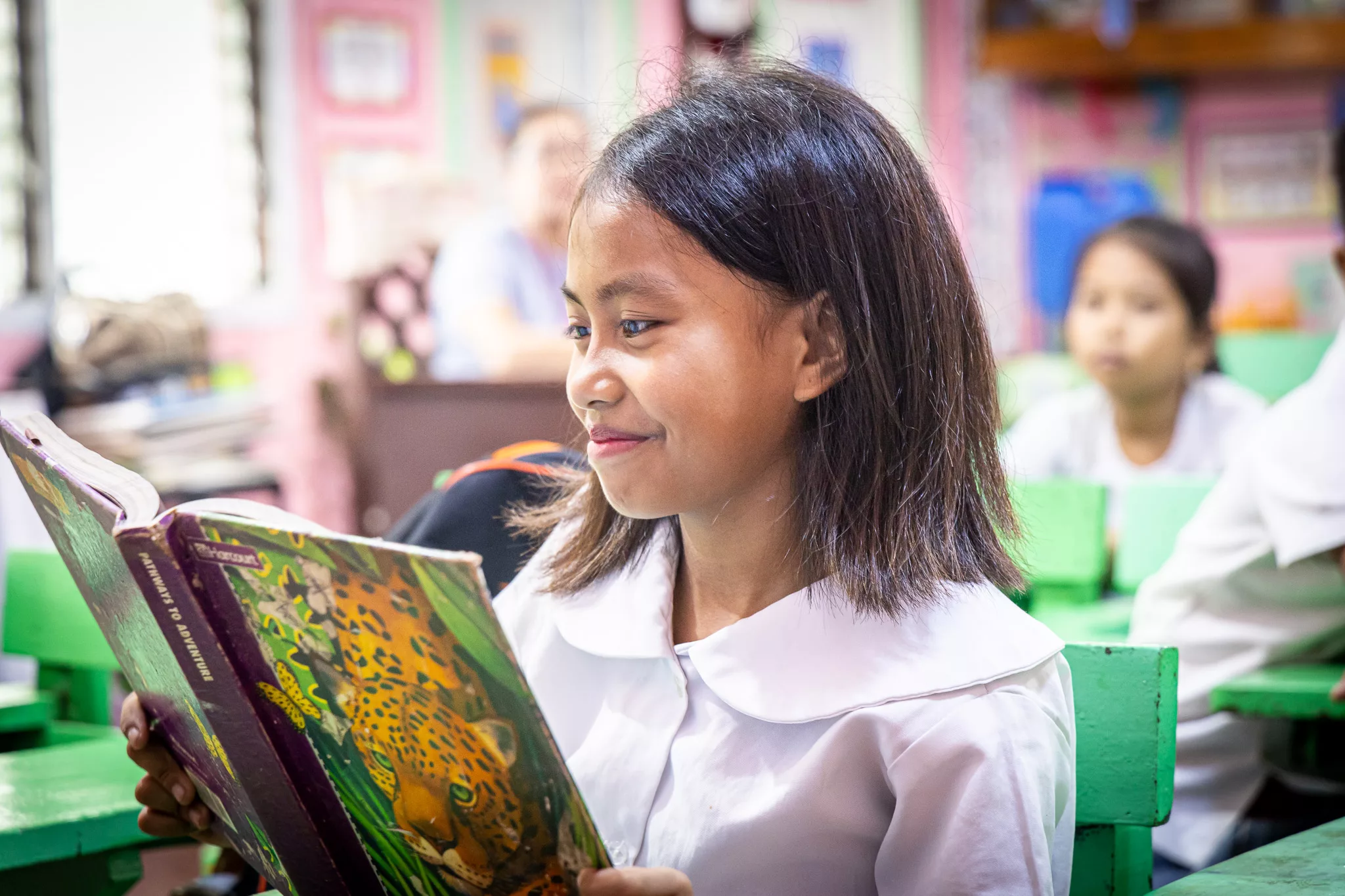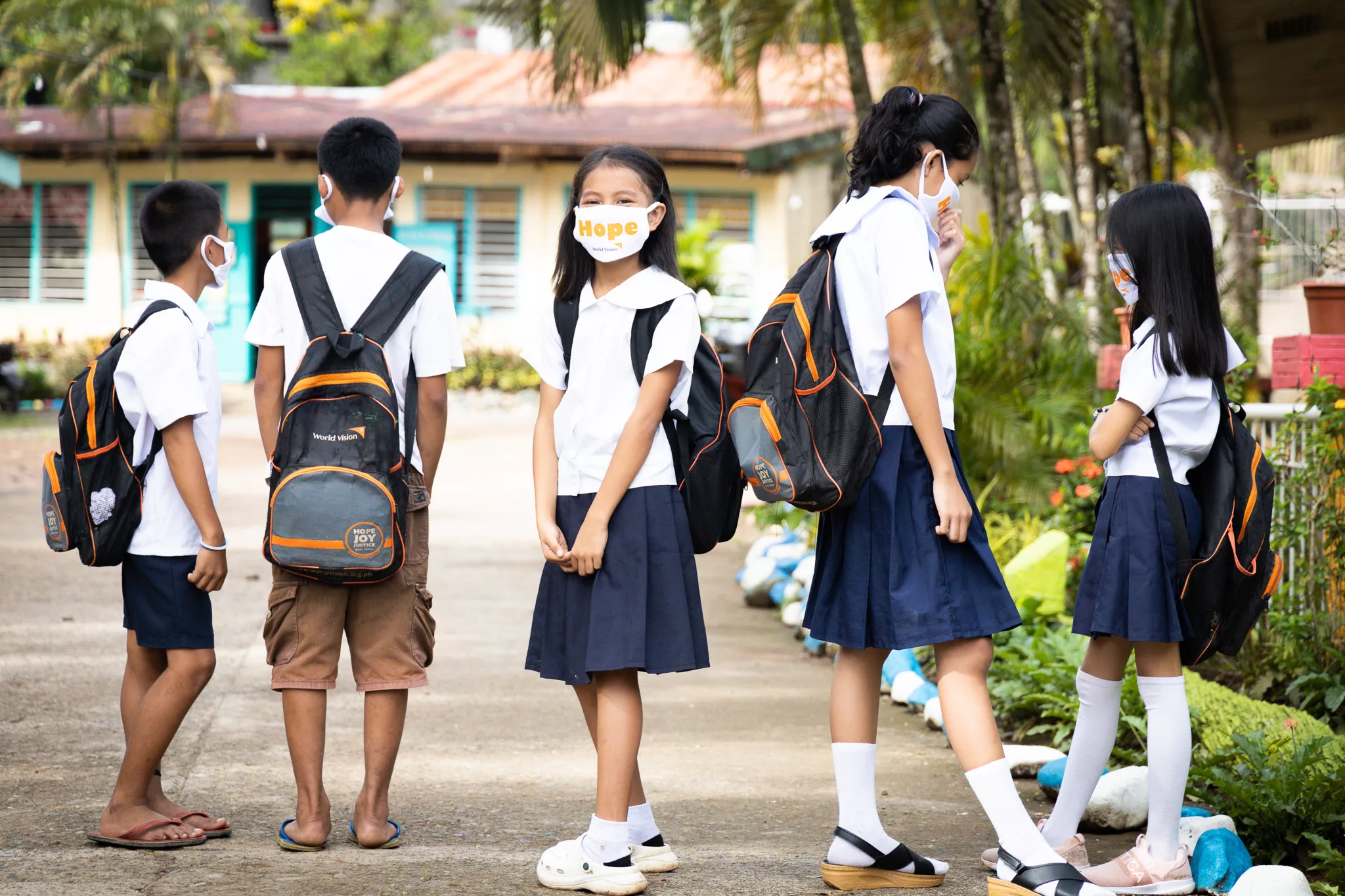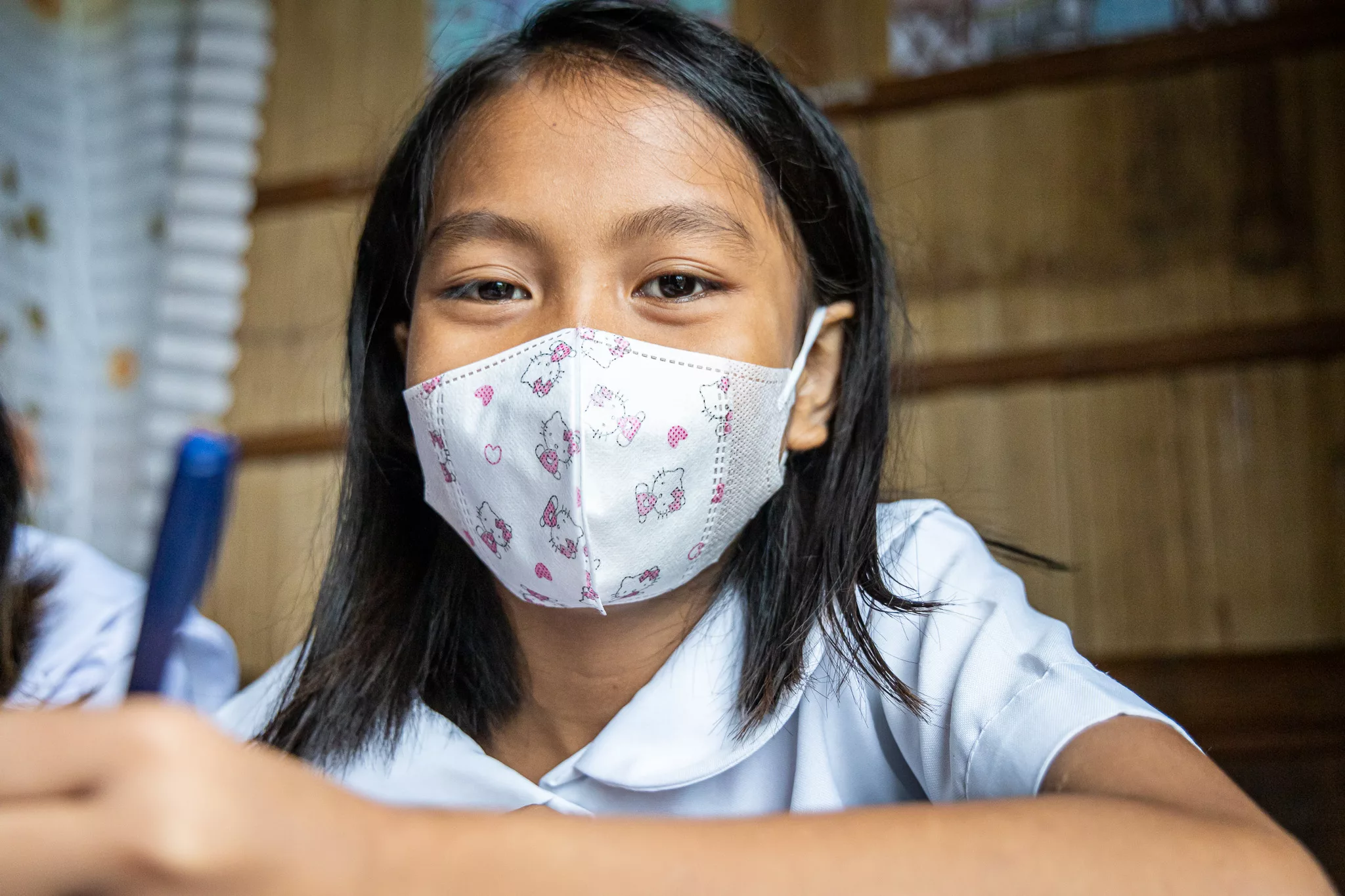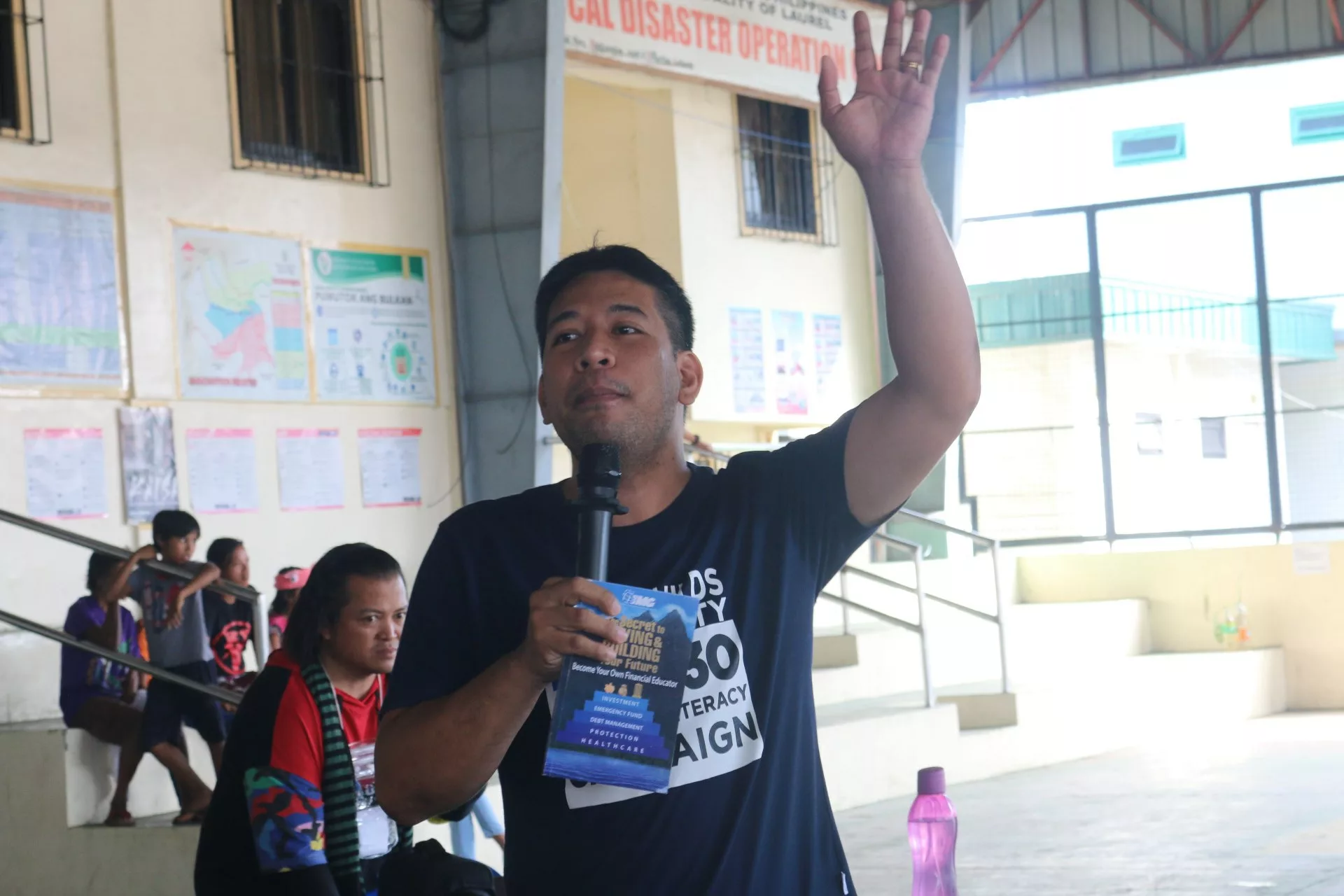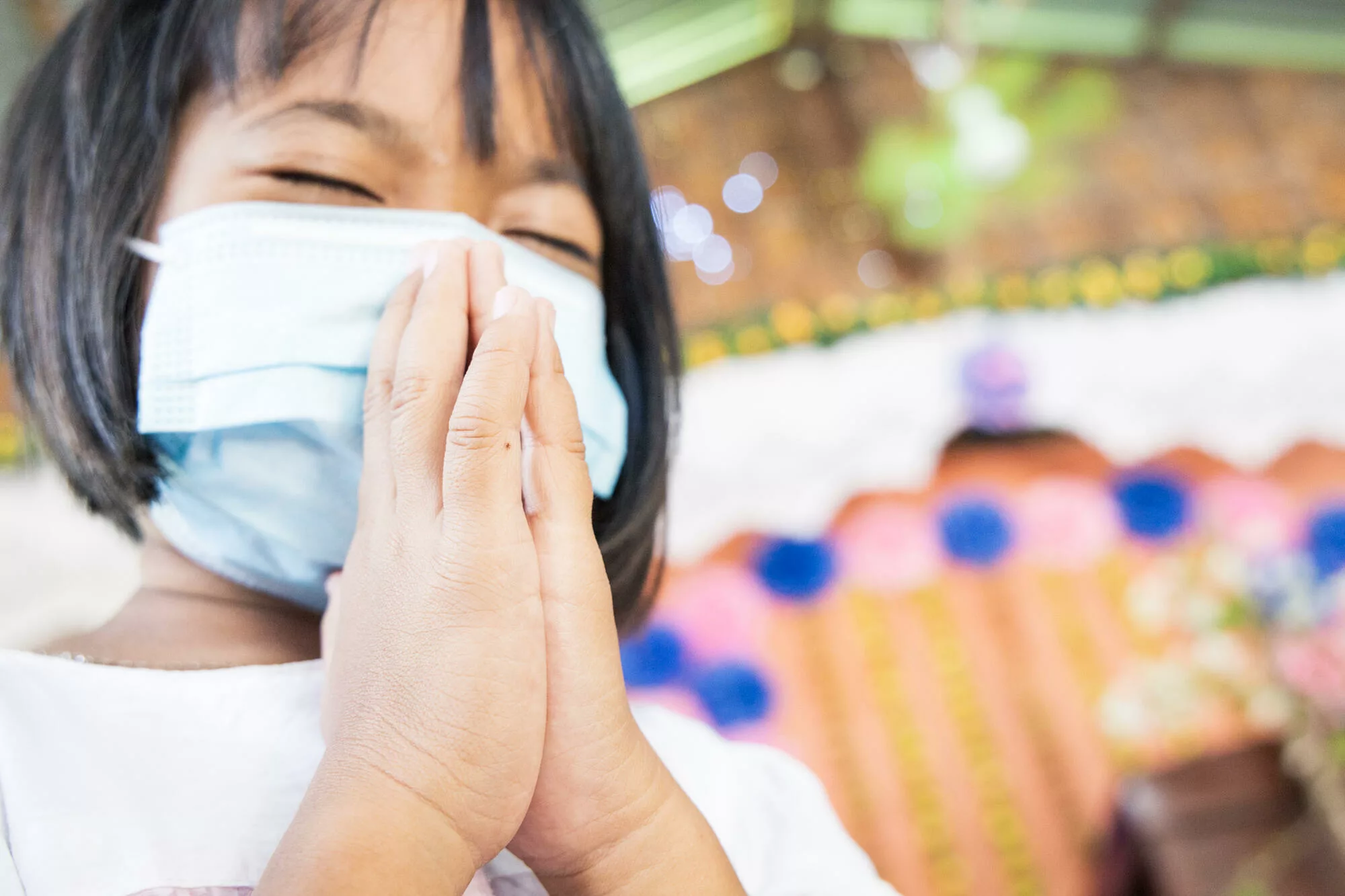Responding to the call
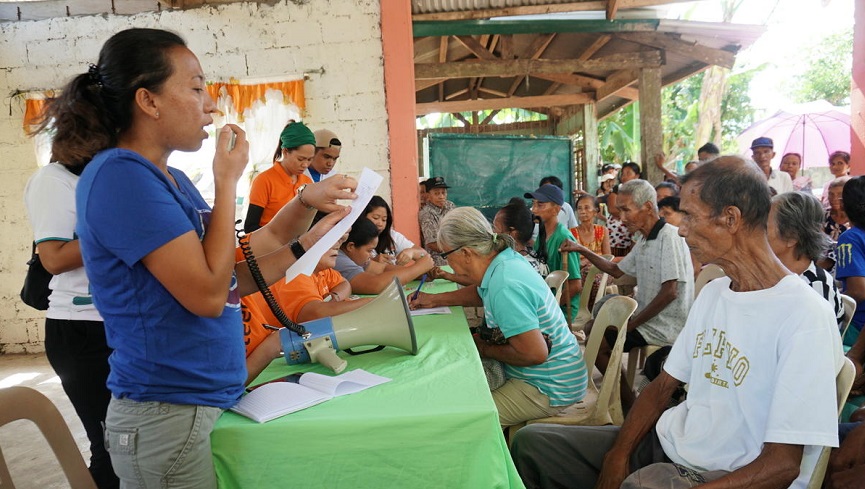
“I lost track of the number of emergency responses I’ve worked on,” she smiles. Her experiences led her to different roles including disaster risk reduction specialist. Carol shares that since she started with the organisation, she is one of the many responders who has seen how humanitarian work has evolved.
Managing cash-based program
When typhoon Mangkhut lashed the province of Cagayan in Northern Philippines last September 2018, Carol was one of the first responders to be deployed.
“Of all the responses I have been to, this was the most personal,” she recalls. Cagayan is Carol’s hometown. She speaks the local community’s language. The rice and corn fields that were rendered useless by strong winds of Mangkhut were the lands that fed her and her family. The people who were affected were the same people she grew up to.
Carol was deployed as the team leader for Operations. Part of her task was to smoothly implement cash-based program as part of World Vision’s commitment to help the affected farmers in their recovery.
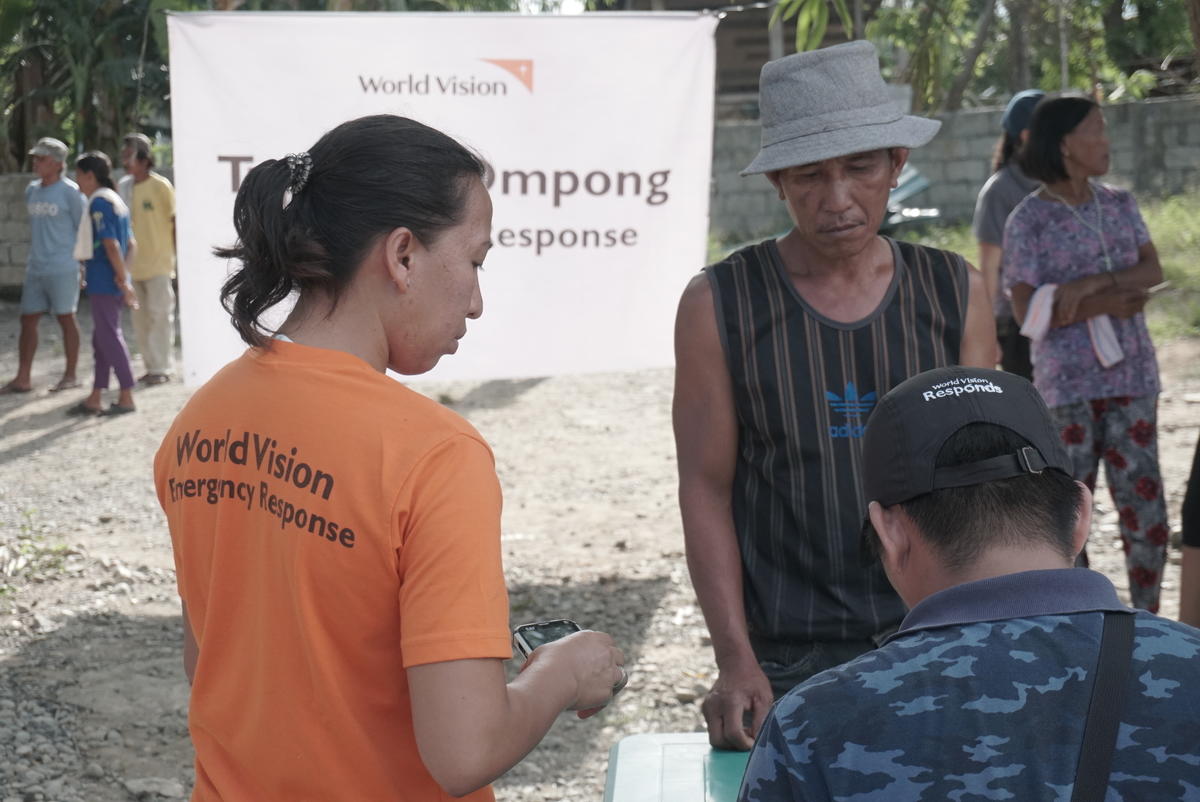
Carol’s regular role as Humanitarian Accountability and Program Quality Manager helped her implement cash-based program better in Mangkhut Response. She helped set up accountability mechanisms that ensured people’s participation in the process
“The implementation of flexible cash programming like direct distribution, voucher, and cash transfer made the response more relevant and responsive to the evolving needs of the disaster-affected families. I also come from a family of farmers and I know how difficult it is for those impacted by the disaster,” she says. Seeing farmers have the freedom to choose the farm inputs that they deemed necessary for their livelihoods or women who were able to decide on shelter materials to buy for their house’s repair encouraged Carol. Her province was moving forward. The children, who are at the heart of what she does, will be provided for.
It was not an easy feat though. First, there were challenges on logistics, forging partnership with local suppliers and financial service providers and the pressure of providing aid on time. Second, everyone wanted to be part of the program. “We were also affected,” they would say. With her lens as the Humanitarian Accountability and Program Quality Manager in her current role and with her experiences in major responses in the past, Carol ensured that all possible accountability mechanisms were set up. This included setting up of feedback mechanisms, provision of information materials and conduct of community consultations.
“I would stand in front of them during community consultations, ensure that those who are not able to read our information materials are not left out. Cash-based program is helpful to communities when it is done right. And it should always start by involving the people in the process,” Carol adds.
Asked how she was able to manage the tasks before her, especially the implementation of cash-based program, “What I am able to do now is the result of the many years of working as humanitarian. Setting foot in areas where I wasn’t familiar, especially in fragile contexts, staying up late to ensure that plans are in-place and aid reaches the most vulnerable communities, talking with children and their families are just some of the significant experiences I had that taught me to be agile, especially in the implementation of programs that will benefit the children. Then and now, my goal remains – protect the children from the impact of disasters by helping create an enabling environment for them to bounce back.”
World Vision, through its typhoon Mangkhut response was able to support at least 42,000 people, more than 15,000 of whom were children.

Every child deserves a full life. Join us and make a difference.
START HERE
Stay up to date with World Vision Philippines! Follow us on Facebook, Twitter and Instagram.



